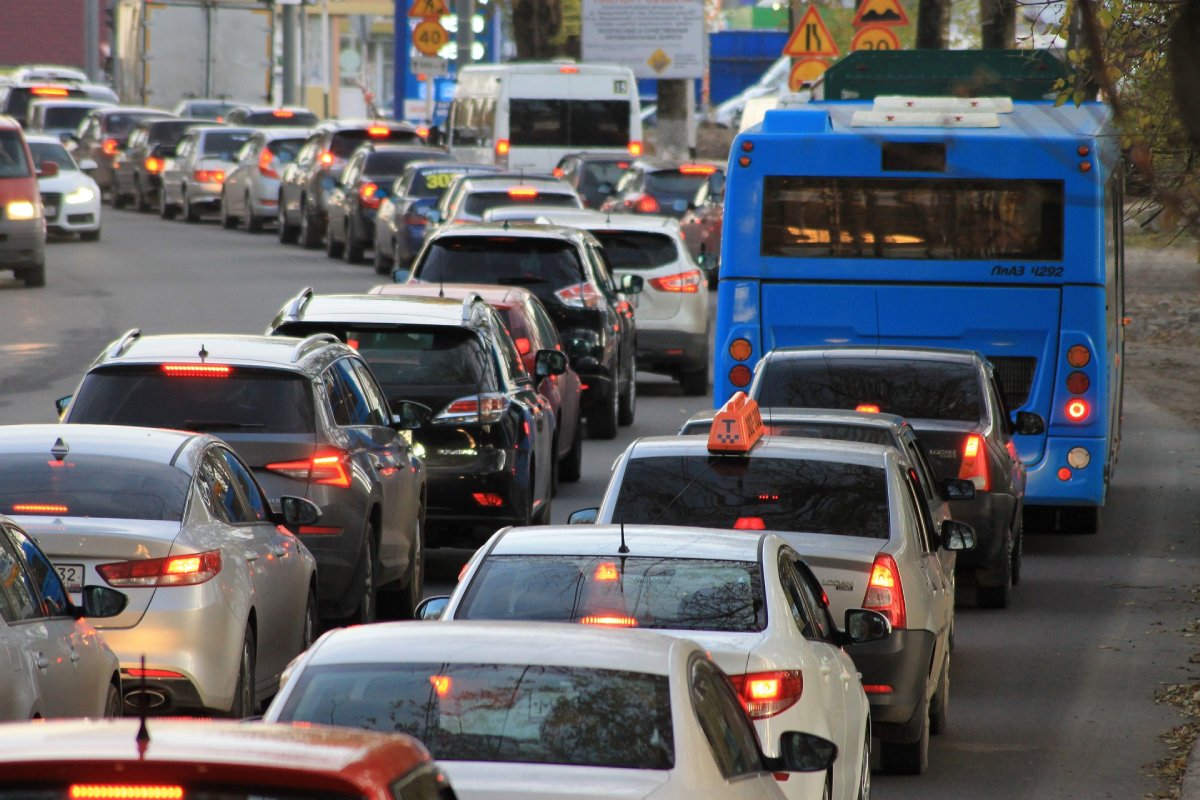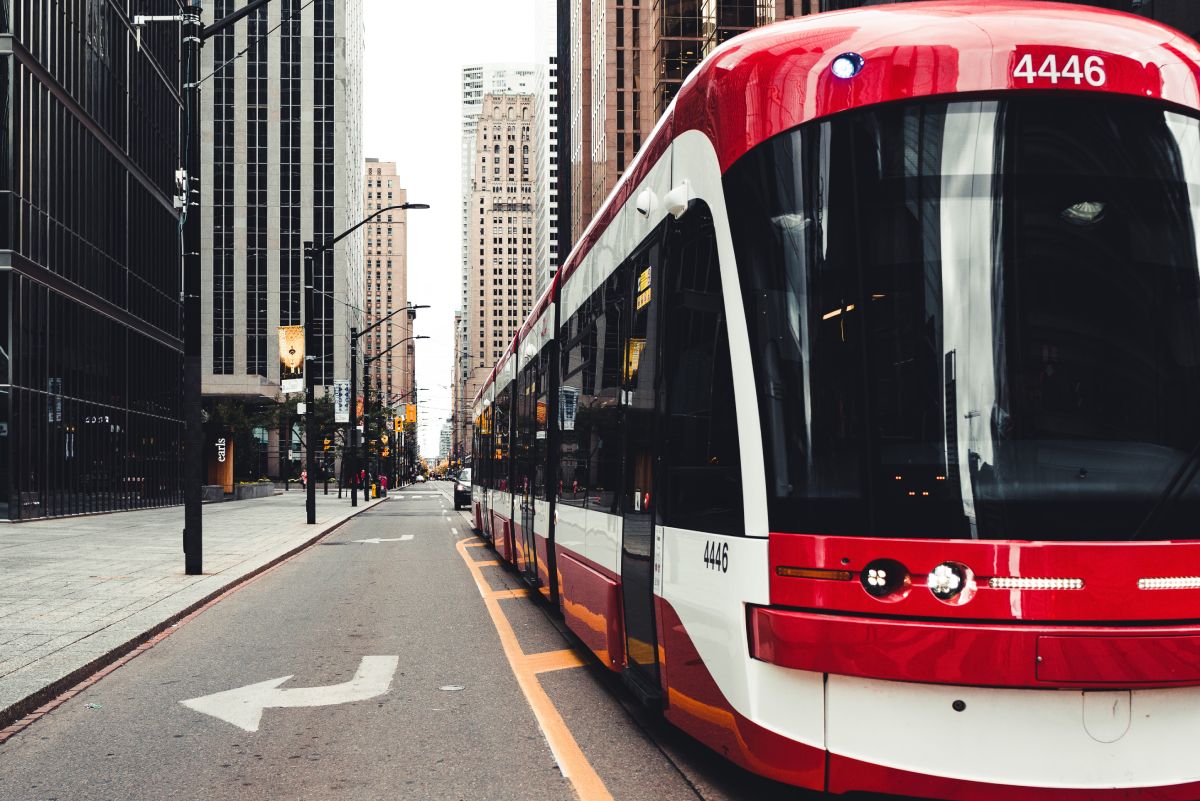Introduction
Traffic congestion and the need for sustainable transportation are two pressing issues in modern urban societies. They intersect in significant ways, presenting both challenges and opportunities.
Understanding Traffic Congestion
In an age where urbanization is growing at an unprecedented rate, traffic congestion has become a daily part of life for many city dwellers. It’s not just an inconvenience; it significantly impacts the economy, environment, and quality of life. The strain it puts on infrastructures, the immense time wasted in traffic, the increased fuel consumption, and the associated greenhouse gas emissions all underscore the urgent need to address this pervasive issue.
The Need for Sustainable Transportation
Sustainable transportation is a holistic approach that focuses on minimizing environmental impacts, enhancing societal and economic wellbeing, and promoting accessibility for all. A robust sustainable transportation system comprises various forms of transport, including public transit, cycling, walking, carpooling, and using low-emission vehicles. The need for such systems is more pertinent than ever. By reducing reliance on single-occupancy vehicles, it can substantially alleviate traffic congestion while contributing to a greener and healthier urban environment.
Overview of the Article
This article delves into the role of sustainable transportation in reducing traffic congestion. We will explore different facets of sustainable transportation, examine case studies of cities that have successfully implemented these strategies, and discuss the benefits and challenges associated with these approaches. The goal is to highlight the potential of sustainable transportation solutions in transforming our cities, making them more livable, efficient, and environmentally friendly.
The Burden of Traffic Congestion
The pervasive issue of traffic congestion exerts a hefty toll on our societies. From the economy to human health and the environment, the adverse effects of gridlock resonate across multiple spheres of life.
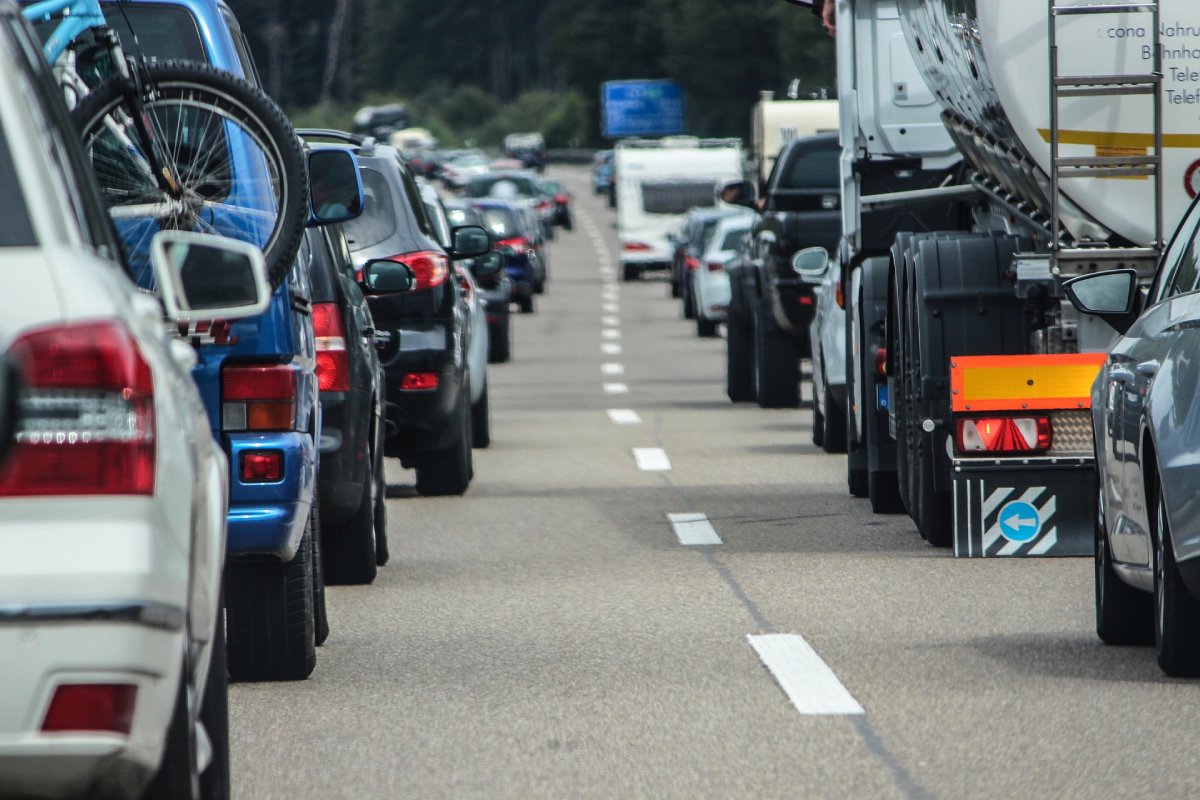
Economic Impacts of Traffic Congestion
Traffic congestion is a tremendous economic drain. In the form of wasted time and increased fuel consumption, traffic congestion leads to substantial productivity losses. Commuters stuck in traffic are not at their desks working, at stores buying, or at home relaxing. They are trapped in a state of unproductivity, with detrimental impacts on both individual and national economic performance. Additionally, traffic congestion also elevates transportation costs, impacting logistics, supply chain efficiency, and business competitiveness.
Effects on Human Health and Quality of Life
Beyond the economic realm, traffic congestion has significant implications for human health and quality of life. The chronic stress and frustration associated with lengthy and unreliable commute times can lead to a myriad of health problems, including cardiovascular disease, obesity, and mental health issues. Furthermore, the loss of leisure and family time due to extended commutes negatively impacts overall life satisfaction. Noise pollution, another byproduct of traffic congestion, further exacerbates these issues, leading to sleep disturbances and associated health complications.
Environmental Consequences
Traffic congestion also carries severe environmental consequences. Stop-and-go traffic conditions lead to increased fuel consumption and emissions. Vehicles stuck in traffic emit a higher amount of greenhouse gases and pollutants per mile compared to those moving at steady speeds. These emissions contribute significantly to air pollution, global warming, and climate change. Furthermore, they also have direct impacts on human health, leading to respiratory conditions and other pollution-related illnesses.
Recognizing the heavy burden of traffic congestion underlines the urgent need for sustainable transportation solutions. By transforming the way we move around, we can alleviate these pressures and create more livable, prosperous, and resilient urban environments.
What is Sustainable Transportation?
Sustainable transportation is a concept that has emerged in response to the damaging effects of traditional transportation systems, which have placed a heavy burden on our economies, health, and the environment.
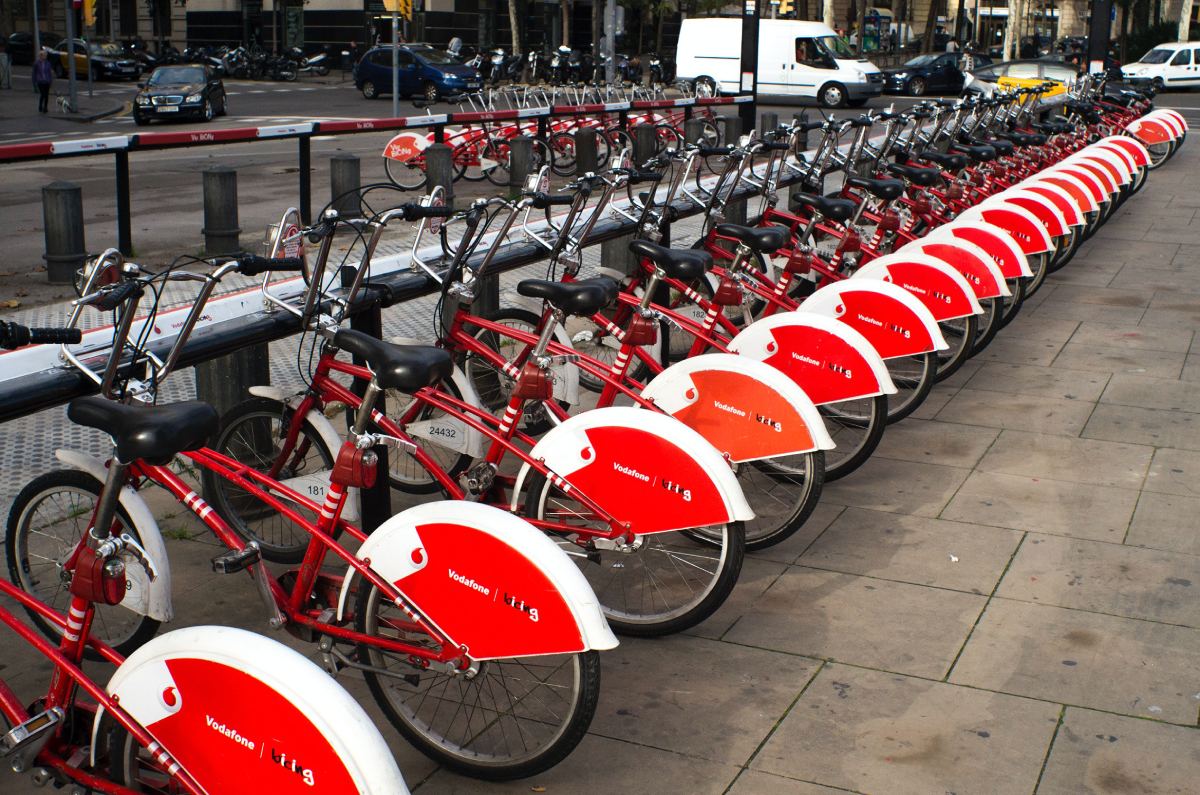
Defining Sustainable Transportation
Sustainable transportation refers to any means of transport with low impact on the environment, and that promotes safety and mobility while supporting a vibrant economy. It could include non-motorized transport like walking and cycling, public transit, carpooling, green vehicles, and many other innovative solutions. Sustainable transportation seeks to bridge the gap between our current mobility needs and the preservation of the environment, as well as our wellbeing.
Principles of Sustainable Transportation
A few key principles underpin sustainable transportation. The first is minimizing reliance on non-renewable resources, predominantly fossil fuels, and embracing renewable energy sources instead. The second is reducing emissions and waste, where transportation solutions strive to diminish their carbon footprint to protect air quality and curb climate change.
A third principle is prioritizing efficient use of resources, which includes optimizing existing transportation infrastructure and promoting sharing economy models. Lastly, sustainable transportation supports inclusivity, seeking to provide accessible, affordable, and efficient transportation options to all community members, irrespective of their socio-economic status.
Benefits of Sustainable Transportation
The shift towards sustainable transportation can bring about numerous benefits. Economically, it can save costs related to fuel, health, and traffic management. Environmentally, it aids in mitigating climate change, reducing air and noise pollution, and promoting better land use. From a health perspective, sustainable transportation encourages physical activity, reduces accident rates, and mitigates stress linked to traffic congestion.
In the social sphere, it helps promote equity by providing access to mobility for all population segments, thereby supporting social inclusion and community cohesion. These benefits, when realized, can significantly enhance the quality of life in our cities, making them healthier, more liveable, and more resilient places to be.
As we progress further into the 21st century, it’s clear that our old ways of moving about are not sustainable. By understanding and embracing sustainable transportation, we can work towards a better, cleaner, and more equitable future.
Enhancing Public Transit
Public transit plays a pivotal role in promoting sustainable transportation and tackling the problem of traffic congestion. By enhancing and optimizing public transit systems, cities can significantly reduce the number of private vehicles on the road, alleviate congestion, and contribute to more sustainable urban living.
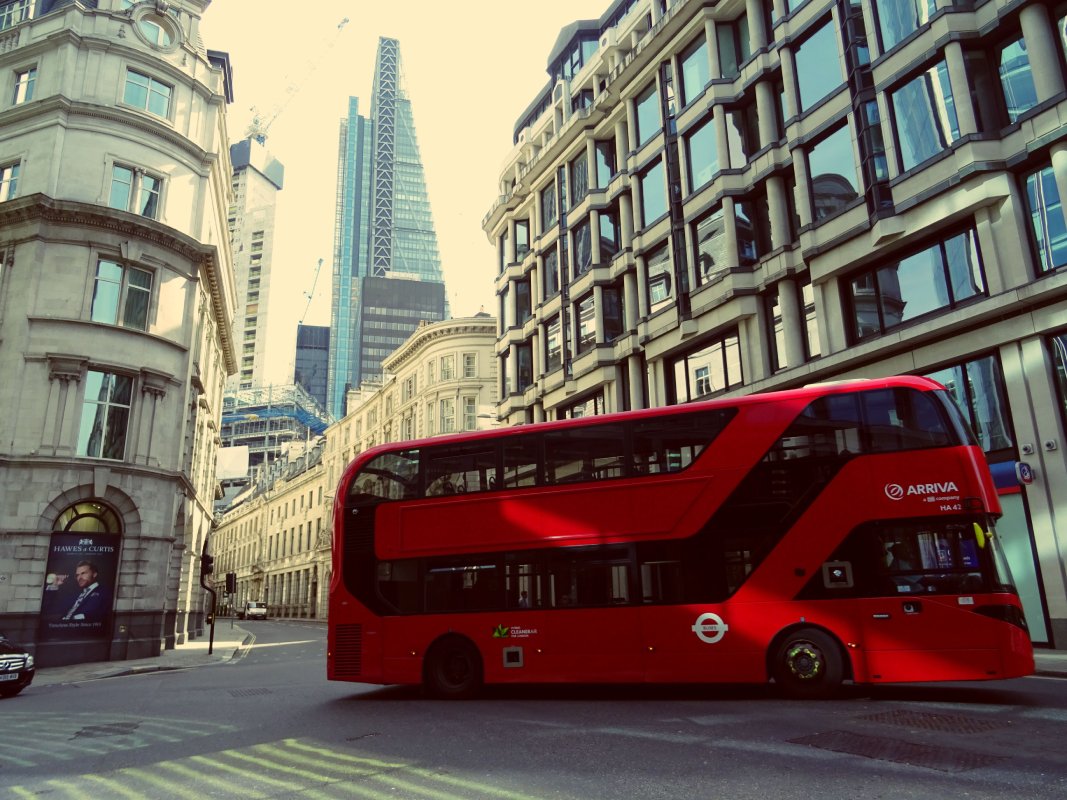
Role of Public Transit in Reducing Congestion
The fundamental role of public transit in reducing congestion lies in its capacity to move a large number of people efficiently and effectively. A single bus or train can carry many times the number of passengers as a single private vehicle, thereby reducing the total number of vehicles on the road at any given time.
Public transit also promotes a more equitable use of road space, allowing for more people to move within the same infrastructure footprint. Moreover, with fewer cars on the roads, there’s less demand for parking spaces, freeing up urban land for other productive uses.
Case Studies of Effective Public Transit Systems
Several cities worldwide have exemplified how effective public transit systems can significantly reduce traffic congestion. For instance, the comprehensive transit system in Zurich, Switzerland, which integrates buses, trams, and trains seamlessly, has kept car usage in the city significantly lower than in many other comparable cities.
In Asia, the Mass Rapid Transit (MRT) system in Singapore stands out as a well-organized, efficient public transit model that carries millions of passengers daily, contributing to the city’s high livability despite its dense population.
Opportunities for Public Transit Enhancement
There are numerous opportunities for enhancing public transit systems to make them more appealing to users, thereby encouraging more people to choose public transport over private vehicles.
Firstly, increasing the frequency and reliability of public transport services can make them a more convenient choice for many. Secondly, improving the comfort and safety of public transport can attract a wider user base.
Technology also plays a crucial role in enhancing public transit. Real-time tracking and mobile apps can provide users with valuable information about schedules, delays, and alternative routes.
Finally, creating an integrated, multimodal transportation network that connects buses, trains, bicycles, and pedestrian paths can facilitate seamless and efficient movement around the city, making public transit a more attractive option.
In conclusion, by understanding the role of public transit in reducing traffic congestion and identifying opportunities for its enhancement, cities can take a significant step towards promoting sustainable transportation and creating livable, equitable urban environments.
Promoting Cycling and Walking
In addition to public transportation, active forms of transportation, such as cycling and walking, are integral to the concept of sustainable transportation. By promoting these environmentally friendly and health-promoting forms of transit, we can make significant strides towards reducing traffic congestion and creating more sustainable cities.

Health and Environmental Benefits of Active Transport
Active transportation modes, such as walking and cycling, are not only eco-friendly but also incredibly beneficial for health. Regular physical activity, like cycling and walking, contributes to cardiovascular health, improved mental health, and reduced risks of chronic diseases such as diabetes and obesity.
From an environmental perspective, these modes of transport generate zero emissions, unlike vehicles powered by fossil fuels. Hence, promoting active transportation can contribute significantly to air quality improvement and reduction in carbon emissions, aiding in the fight against climate change.
Infrastructure Needs for Cycling and Walking
For active transportation to be a viable and appealing choice for city dwellers, the right infrastructure needs to be in place. Well-designed, safe, and interconnected cycling lanes and pedestrian paths are essential to encourage more people to choose these modes of transport.
Features such as ample bike parking, pedestrian-friendly crossings, traffic calming measures, and clear signage can greatly enhance the usability and safety of active transportation networks. Additionally, integrating these networks with public transit systems can facilitate multimodal journeys, further reducing reliance on private vehicles.
Successful Examples of Active Transport Promotion
Numerous cities around the world have successfully embraced active transportation, demonstrating its feasibility and benefits. For instance, Copenhagen, Denmark, is renowned for its comprehensive network of bicycle lanes, and the city has more bicycles than cars.
Similarly, in Bogota, Colombia, the Ciclovia program, where major city streets are closed off to motorized transport to create vast cycling and walking routes on Sundays and public holidays, has been a huge success, encouraging physical activity and community engagement.
Promoting active transportation, therefore, not only contributes to traffic congestion reduction but also presents a myriad of health, environmental, and social benefits. Ensuring the appropriate infrastructure and systems are in place is key to encouraging more people to cycle or walk, fostering healthier and more sustainable urban environments.
Role of Carpooling and Ridesharing
Another approach to sustainable transportation involves leveraging the convenience of cars without the associated costs of individual vehicle ownership. Carpooling and ridesharing represent such strategies, providing potential solutions to traffic congestion while contributing to sustainability goals.
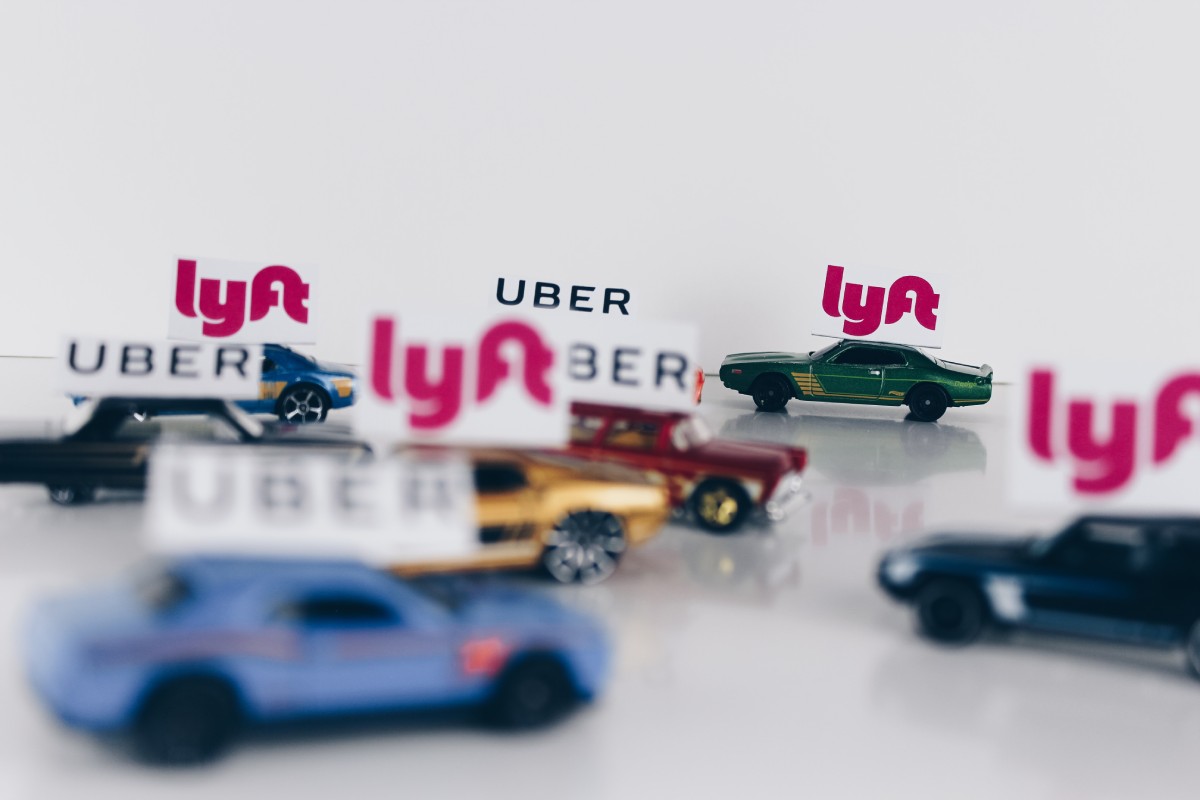
Carpooling as a Sustainable Transport Option
Carpooling, or sharing car journeys so that more than one person travels in a car, can reduce traffic congestion by decreasing the number of vehicles on the road. This approach has dual benefits. Firstly, it reduces the carbon footprint by dividing the vehicle’s emissions among several passengers. Secondly, it decreases road congestion, making travel more efficient for everyone.
Impact of Ridesharing on Traffic Congestion
Ridesharing services such as Uber and Lyft offer another mode of shared mobility. These platforms connect passengers who need a ride with drivers who have space in their vehicle, essentially providing a more flexible form of carpooling.
While some studies suggest ridesharing may increase traffic congestion due to “empty miles” (the time a driver spends waiting for a passenger), a well-regulated ridesharing system that emphasizes trip sharing can positively impact traffic congestion. It could replace multiple private vehicle trips with a single shared journey, effectively reducing the number of cars on the road.
Encouraging Carpooling and Ridesharing
In order to encourage carpooling and ridesharing, initiatives such as dedicated carpooling lanes, reduced tolls, and priority parking can be effective. Additionally, employers can play a significant role by facilitating carpooling programs or offering incentives for employees who share rides.
Moreover, ridesharing platforms can improve their impact on congestion by encouraging shared rides, known as ‘pooling,’ over solo rides. Policy incentives could also steer these companies towards contributing more positively to urban sustainability.
In conclusion, carpooling and ridesharing can play a substantial role in reducing traffic congestion and promoting sustainable transportation. While these strategies have their challenges, with the right regulations and incentives, they can contribute to more efficient and sustainable urban mobility.
Electric and Hybrid Vehicles
Electric and hybrid vehicles represent another significant piece of the sustainable transportation puzzle. These innovative modes of transport not only have the potential to reduce our dependency on fossil fuels but also to manage and reduce traffic congestion effectively.

The Emergence of Electric and Hybrid Vehicles
Electric vehicles (EVs) and hybrid vehicles have surged in popularity over the past decade. EVs, powered entirely by electricity stored in rechargeable batteries, emit no tailpipe pollutants, making them a green alternative to traditional combustion-engine cars. Hybrid vehicles, on the other hand, combine a gasoline engine with an electric motor, offering more fuel efficiency than conventional cars.
Impact on Traffic Congestion and Air Quality
While electric and hybrid vehicles do not directly reduce traffic congestion by lowering the number of cars on the road, they do contribute to sustainable transportation in other ways. Their decreased reliance on fossil fuels and reduced emissions contribute to better air quality, a crucial aspect of urban life affected by high traffic levels.
Moreover, the adoption of electric and hybrid vehicles can be a part of smart traffic management strategies. For instance, through Vehicle-to-Grid (V2G) technology, electric vehicles can communicate with the power grid to sell demand response services by returning electricity to the grid at peak times.
Infrastructure and Policy Support for Electric Vehicles
For electric and hybrid vehicles to contribute effectively to sustainable transportation and reduced traffic congestion, they need robust infrastructure support, such as widespread charging stations, especially in urban areas. Policies encouraging the purchase of such vehicles, like tax incentives, can also be effective.
Cities can integrate these vehicles into their public transit systems as well. Electric buses and taxis can play a critical role in reducing both congestion and pollution. For instance, Shenzhen in China has entirely electrified its fleet of taxis and buses, setting an excellent example for other cities.
In conclusion, electric and hybrid vehicles represent promising pathways towards sustainable transportation. With the right infrastructure and policy support, these vehicles can contribute significantly to reducing traffic congestion and improving urban air quality.
Smart Urban Planning
In the quest for sustainable transportation, intelligent urban planning plays a central role. By designing our cities and neighborhoods around the needs of people rather than cars, we can reduce traffic congestion and create healthier, more vibrant communities.
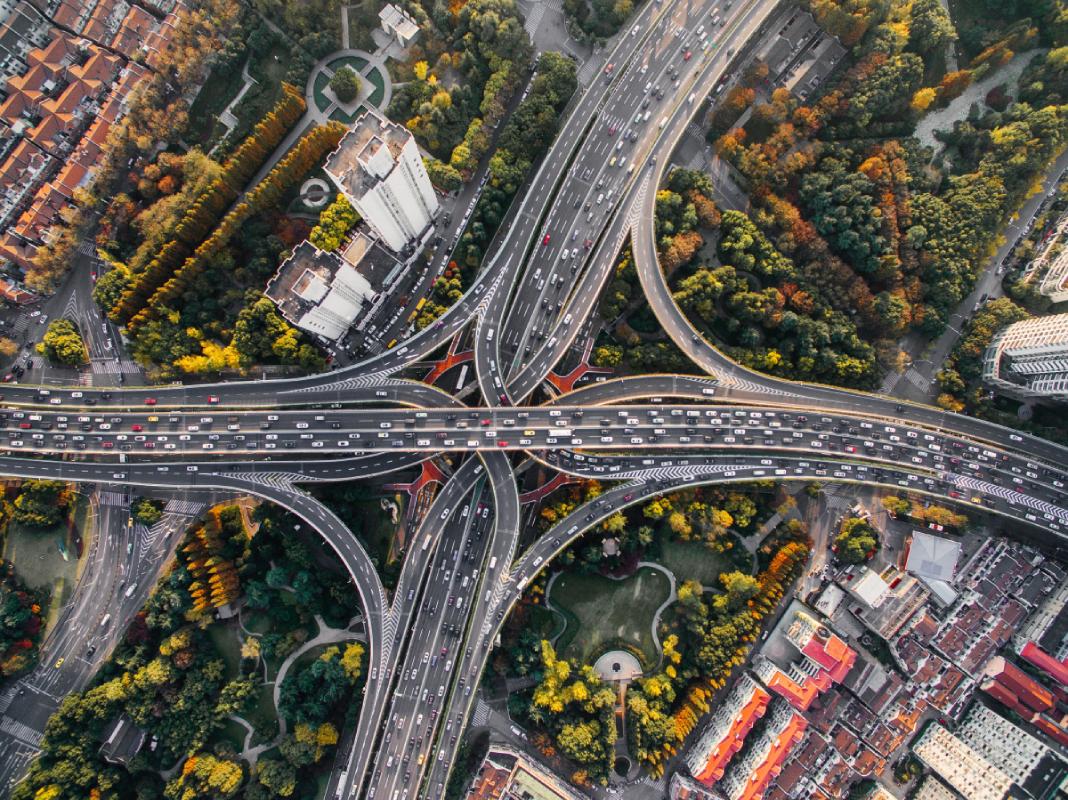
How Urban Planning Affects Traffic Congestion
Urban planning decisions can significantly affect traffic congestion. Cities built around the idea of automobile-centric transport often struggle with congestion issues, while cities with people-centric designs, incorporating spaces for walking, cycling, and efficient public transit, typically face less traffic congestion.
Suburban sprawl, with its heavy reliance on individual car ownership and usage, contributes to increased congestion. On the other hand, denser urban areas with mixed-use developments allow residents to live, work, and shop within a small area, reducing the need for long commutes and mitigating traffic.
Incorporating Sustainable Transport in Urban Design
To alleviate traffic congestion, it’s essential to embed sustainable transportation in urban planning. This can involve designing cities for pedestrians and cyclists, improving public transit systems, and supporting carpooling and ridesharing services.
Key aspects can include bike lanes, pedestrian-friendly spaces, efficient public transit routes, and safe and convenient access to these facilities. Ensuring that workplaces, schools, shopping centers, and residential areas are easily accessible without cars is another vital element of sustainable urban design.
Case Studies of Transit-Oriented Development
Transit-oriented development (TOD) is a planning strategy that concentrates housing, employment, and amenities around public transport stations. It’s a sustainable urban design concept that reduces the need for car travel, thus lessening traffic congestion.
One successful example of TOD is Copenhagen, Denmark. The city’s Finger Plan guides urban development along five ‘ fingers’ branching out from the city center, with green spaces in between. This layout, combined with an excellent metro and train system, allows the majority of residents to reach the city center within 30 minutes, reducing the need for car usage.
Another example is Curitiba, Brazil, known for its innovative bus rapid transit (BRT) system. In this city, high-density development is encouraged along the BRT routes, making public transit a convenient choice for many residents.
Smart urban planning that incorporates sustainable transportation principles can play a significant role in reducing traffic congestion. As more cities around the world adopt such measures, we can look forward to more livable, less congested urban environments.
Policy and Advocacy for Sustainable Transport
Policy and advocacy are vital mechanisms to usher in the era of sustainable transportation. Strategic policies can pave the way for less congested, more sustainable transport systems, while advocacy groups play an essential role in promoting these concepts and encouraging public participation.

The Need for Stronger Sustainable Transport Policies
Policies are instrumental in shaping transportation systems. They influence the allocation of resources, guide urban planning decisions, and set standards that can promote or hinder sustainable transportation.
Stronger sustainable transport policies are needed to address traffic congestion and its associated problems effectively. These policies should focus on enhancing public transit, promoting active transport (cycling, walking), supporting carpooling and ridesharing, and incentivizing the use of electric and hybrid vehicles.
Policies can also target urban planning, encouraging designs that prioritize people over cars and support transit-oriented development. Moreover, governments can introduce fiscal measures like congestion pricing, parking fees, and taxes or subsidies to influence transportation choices and reduce car dependency.
Role of Advocacy Groups in Promoting Sustainable Transport
Advocacy groups play a crucial role in promoting sustainable transport. They raise awareness about the adverse impacts of traffic congestion and the benefits of sustainable transportation. They also lobby for policy changes, participate in planning processes, and conduct research to support their cause.
Groups like the Institute for Transportation and Development Policy and the Partnership on Sustainable, Low Carbon Transport work at global scales to advocate for sustainable transport. At the local level, many cities have cycling advocacy groups, pedestrian associations, and public transit coalitions working towards similar goals.
Encouraging Public Support and Participation
For sustainable transportation to succeed, public support and participation are crucial. People need to embrace alternative modes of transport, support related policies, and possibly adapt their lifestyle.
Advocacy campaigns, education programs, and initiatives like car-free days or bike-to-work weeks can help cultivate this support. Infrastructure improvements and incentives can also make sustainable transport options more attractive.
Public participation in planning processes is another critical element. When people are involved in decisions about their local transport systems, they are more likely to support and use the resulting infrastructure.
In conclusion, policy and advocacy are vital for promoting sustainable transportation and reducing traffic congestion. By enacting robust policies and fostering public support, we can move towards less congested, healthier, and more sustainable urban environments.
Conclusion
As we reach the end of this exploration into the role of sustainable transportation in reducing traffic congestion, it’s clear that transforming our transportation systems is not just a possibility, but a necessity. Let’s recap the journey we’ve taken, gaze into the future, and explore how each one of us can contribute to this critical mission.

Recap of Sustainable Transportation’s Role in Reducing Traffic Congestion
Traffic congestion, with its economic, health, and environmental burdens, poses a significant challenge to our cities. Sustainable transportation - encompassing public transit, cycling, walking, carpooling, ridesharing, and the use of electric and hybrid vehicles - provides a compelling solution to this issue.
Through the enhancement of public transit, we can move larger numbers of people more efficiently. Active transportation modes like cycling and walking promote health and are inherently congestion-free. Carpooling and ridesharing reduce the number of vehicles on the road, while electric and hybrid vehicles minimize environmental impact. Smart urban planning can ensure our cities are designed to support these sustainable transport modes.
Looking to the Future of Sustainable Transport
As we look towards the future, sustainable transport has the potential to reshape our cities. More investment in public transit, safer and more extensive networks for cyclists and pedestrians, increased adoption of electric vehicles, and urban designs that favor people over cars could become the norm.
Technological advances will also play a role, with developments like autonomous vehicles, improved battery technology for electric vehicles, and smart traffic management systems holding promise for reducing congestion.
Encouraging Personal Actions and Advocacy
Every one of us can contribute to sustainable transportation. We can choose to walk, cycle, take public transit, or carpool when possible. We can support the adoption of electric vehicles, participate in advocacy efforts, and vote for policies that promote sustainable transport.
In conclusion, sustainable transportation offers a way out of traffic congestion and a path towards healthier, more livable cities. It requires policy action, urban planning, technological innovation, and public participation, but the benefits - reduced congestion, improved health, economic savings, and environmental sustainability - make it a journey worth embarking on. The road to sustainable transport might be long and challenging, but with every step we take, we move closer to a better future for all.

